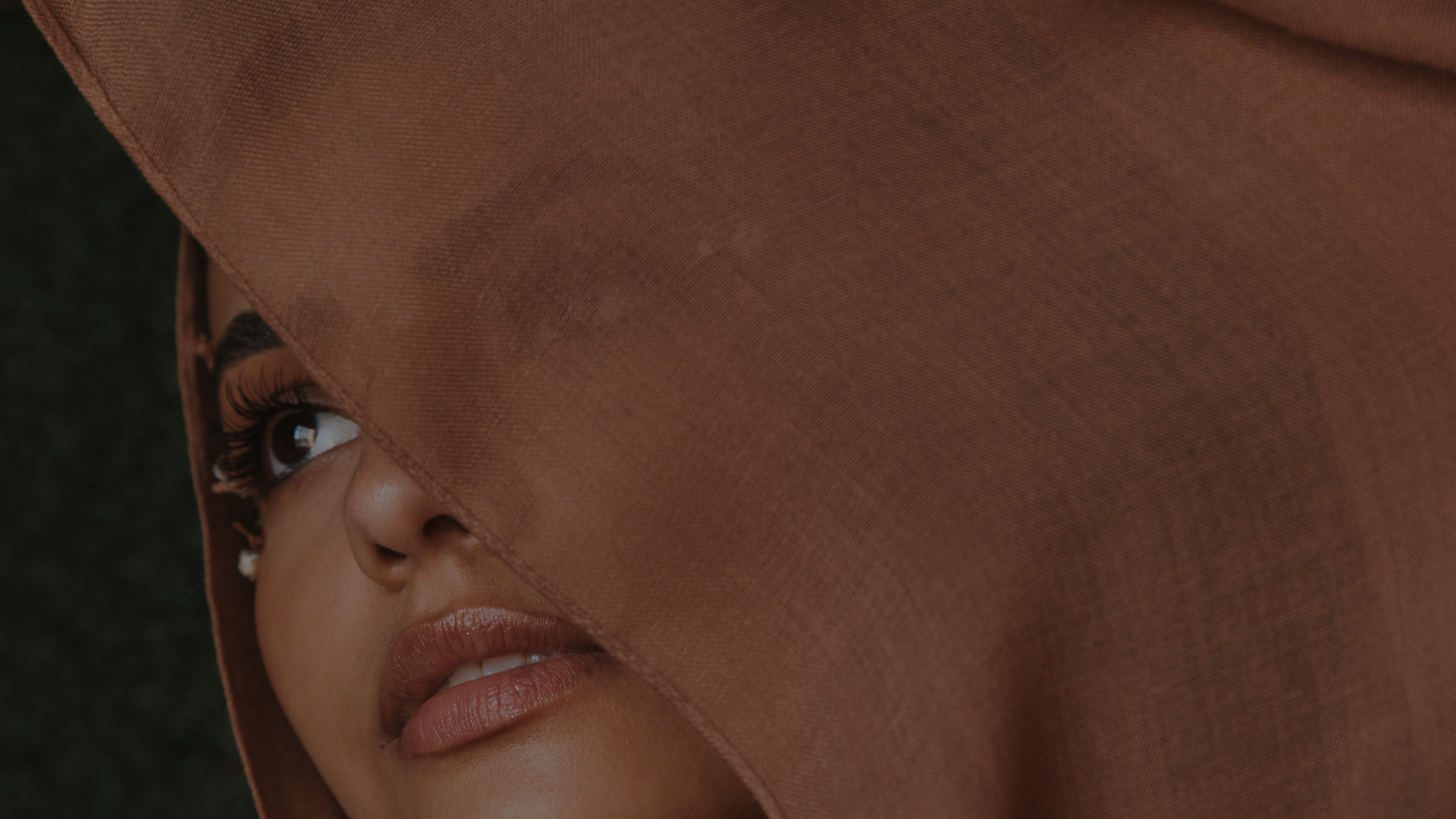For some hijabis, haircare isn’t a top priority like skincare; however, after reading this, you may come to realize why haircare should be a top priority. This blog is part of a three-part series called "Haircare Tips for Hijabis." In this first entry, I'll be sharing some common hair conditions that hijabis face, their symptoms, and treatments. The purpose to educate others on the importance of haircare and to help others identify any symptoms they may be experiencing and the steps they can take to improve their hair health. Let's dive in!
Diagnosing Hair Conditions
1. Seborrheic Dermatitis
What is it?
Seborrheic Dermatitis, also known as dandruff, is caused by an oily skin condition. If someone’s scalp tends to be oily, then they are more prone to developing dandruff. This hair condition develops in response to the high concentration of sebum in the scalp, which can be due to excess sweat, hair product buildup, or an increase in hair oils.
What are the symptoms?
Dandruff is characterized by white scaly flakes that can be present on the scalp, ears, and even the forehead. Dandruff causes itchiness and so red patches on the scalp are another indicator of dandruff
How Does it Impact Hijabis?
Every hijabi knows the importance of covering their hair, but what they tend to forget is that they must take extra care for their hair. There are a few situations in which dandruff can progress:
Tying your hair when it is wet. Before tying your hair, you should make sure that your scalp is mostly or entirely dry. This is something that not every hijabi remembers because we are either busy getting ready for work, school. events, etc. The wet hair is trapped under the hijab and as a result, there is an increase in the moisture and the scalp microbiome is affected with an increase in oiliness, leading to dandruff.
Not washing your undercap or scarf (for those who don’t wear undercaps). If you don’t wash your hijabs or undercaps regularly, the oils, dirt, and buildup will accumulate and affect your scalp, which can lead to seborrheic dermatitis. Whether you wear undercaps or not, you should remember to wash the undercaps and scarves after at least three wears because you want to make sure that these fabrics are clean when you place them on your head.
How Can It Be Treated?
Seborrheic Dermatitis can easily be treated with shampoos containing zinc pyrithione or ketoconazole. Try to dry your hair before tying it or wearing the hijab. This will maintain your scalp’s microbiome and it won’t produce excess sebum in response to wet hair. Remember to wash your undercaps and scarves regularly! If your undercap or scarf hasn’t been washed then the oils, dirt, or sweat from these fabrics will be carried over to your scalp when you wear them.

2. Traction Alopecia
What is it?
Traction alopecia is a type of hair loss caused by repetitive tension on the scalp. This tension can be caused by a few different factors including tight hairstyles, such as buns, or even wearing tight undercaps. Pulling and even friction of another fabric on the hair and/or scalp can weaken hair follicles and this is why people tend to lose hair when they wear tight hairstyles or tight headbands.
What are the symptoms?
Traction alopecia can be identified with a receding hairline along the forehead and temples. Redness and itchiness of the scalp may also be seen. A widened hair parting may also be visible due to some of the hair loss.
How Does it Impact Hijabis?
For many hijabis they can’t imagine not wearing a bun when they wear their hijabs. While a bun may look aesthetically pleasing, there is a greater consequence that can occur which would impact your hair health. Tight hairstyles like buns and even braids can cause a strain on your scalp. Have you ever experienced some type of soreness or an ache when you untie your hair after leaving it in a bun or a tight braid? These tight hairstyles in addition to wearing a tight undercap or a hijab securely, can lead to traction alopecia. Traction alopecia is known to cause hair loss and this is a condition that many hijabis face.
How Can It Be Treated?
Fortunately there are a few different solutions to combat Traction Alopecia:
Avoid wearing tight hairstyles: This is the most obvious solution but it is often forgotten. Wearing buns or even claw clips can cause strain on your hair and these should be avoided.
Change hairstyles: Instead of wearing a bun, you can try wearing a half pony or wear a loose braid. The more relaxed hairstyles will help your hair breathe and your scalp will not be experiencing any strain.
Wearing a breathable undercap: Cotton undercaps may have been appealing at first because of their ability to stay in place, but this material is not the best choice for undercaps because they can cause hair pulling and a receding hairline. Wearing undercaps from materials like silk, or even jersey are better options because they will help keep your hair in place and prevent breakage or strain on the hair follicles. We recommend VELA’s Feather Undercap that you can purchase here.



Leave a comment